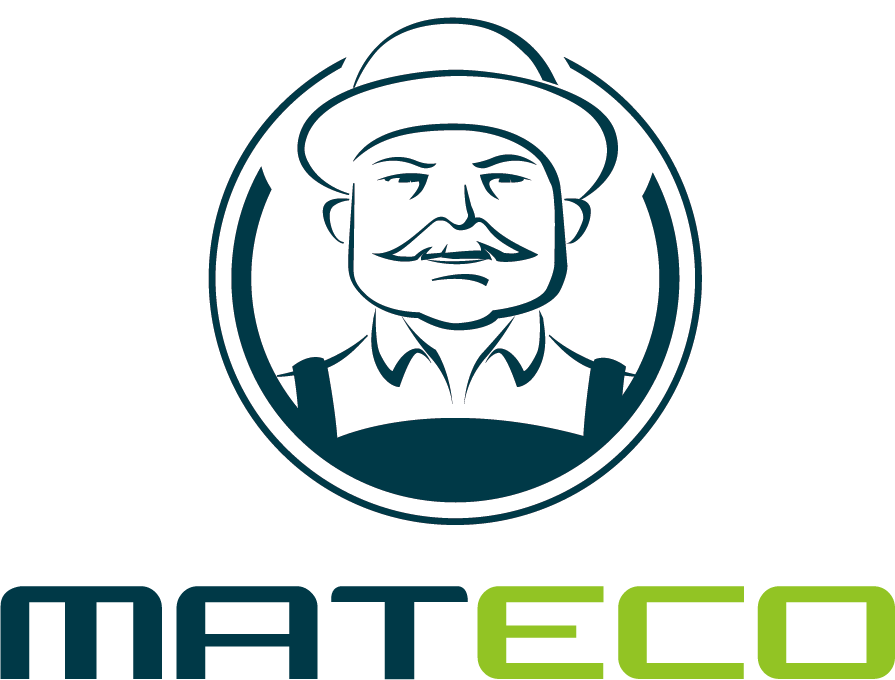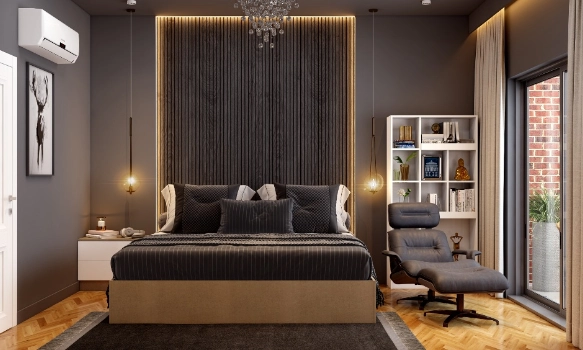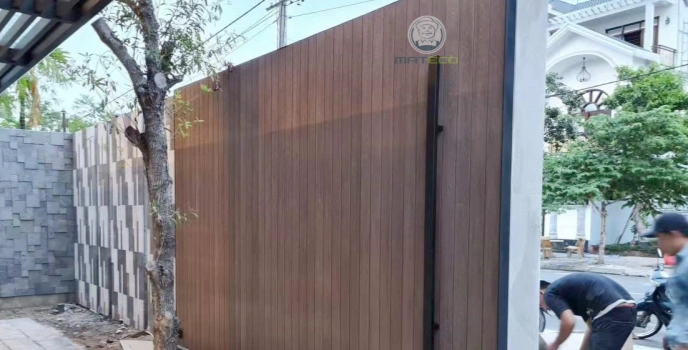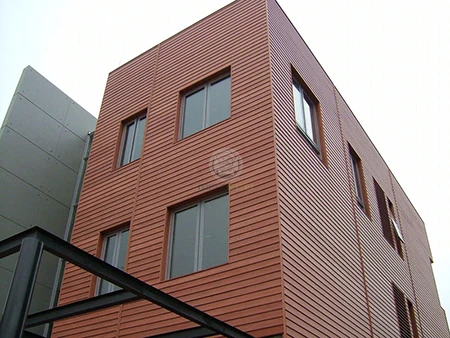Exploring the Durability of WPC Cladding
If you're on the lookout for a wall-covering solution that can withstand the test of time and provide unbeatable durability, you've come to the right place. In this blog post, we're delving deep into the world of WPC cladding, uncovering its remarkable strength and exploring why it stands head and shoulders above the rest.
What Is WPC Cladding?
WPC cladding, short for Wood Plastic Composite cladding, is a modern and innovative wall-covering solution that combines the best of both worlds: wood's natural aesthetics and plastic's durability. It is a versatile material for enhancing both residential and commercial structures' visual appeal and protective functionality.

The Key Components of WPC Cladding for Enhanced Durability
Wood Fibers: Wood fibers are a fundamental component of WPC cladding. These fibers are derived from reclaimed or recycled sources and contribute to the cladding's strength and structural integrity. Wood fibers possess inherent strength and rigidity, which are essential for withstanding external forces and maintaining the overall stability of the WPC cladding. The interlocking structure of these fibers within the thermoplastic matrix enhances load-bearing capacity and resistance to deformation, ensuring long-term durability.
Thermoplastic Materials: The thermoplastic matrix surrounding the wood fibers is a crucial component that enhances the durability of WPC cladding. MATECO WPC cladding utilizes a PVC-based thermoplastic matrix as the binding agent. Polyvinyl chloride (PVC) is a versatile and durable polymer that provides excellent properties for cladding applications. The thermoplastic matrix offers outstanding moisture, rot, and decay resistance, making it particularly well-suited for outdoor use and areas exposed to harsh weather conditions. It forms a protective barrier around the wood fibers, safeguarding them against environmental factors that could compromise their integrity. It enhances the overall durability of WPC cladding, ensuring its long-lasting performance.
Additives: In addition to wood fibers and thermoplastic materials, WPC cladding may incorporate certain additives to further enhance its durability and performance. These additives can include UV stabilizers, colorants, and antioxidants. UV stabilizers help protect the WPC cladding from the harmful effects of ultraviolet rays, such as fading or discoloration. Colorants are used to provide the desired aesthetic appeal and long-lasting color vibrancy. Antioxidants contribute to the cladding's resistance to degradation caused by environmental factors, such as oxidation or discoloration.
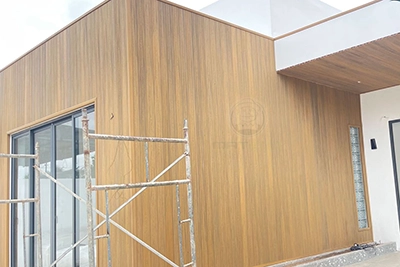
The Science Behind WPC Cladding: How It Achieves Superior Strength
WPC cladding is renowned for its impressive strength and durability, and understanding the science behind its robustness can provide valuable insights into its exceptional performance. In this section, we'll delve into the structural properties of the materials and explore how they work together to create a strong and long-lasting wall covering.
One of the key factors contributing to the superior strength of WPC cladding is the interlocking structure of the wood fibers within the thermoplastic matrix. Wood fibers possess inherent strength and rigidity, and when combined with the thermoplastic matrix, they create a composite material that offers remarkable strength and structural integrity. The interlocking structure of the wood fibers allows them to distribute and share the load across a wider area, reducing the concentration of stress on specific points. This characteristic helps to prevent cracks, fractures, and other forms of damage, enhancing the overall durability of the cladding.
Moreover, the bonding mechanisms within the thermoplastic matrix play a vital role in the strength of WPC cladding. Thermoplastic materials, such as Polyvinyl chloride or polyethylene and polypropylene, create a cohesive matrix that binds the wood fibers together and provides a resilient surface. The bonding mechanisms ensure that the composite material remains intact and can withstand external forces, such as impacts or changes in temperature and humidity. This bonding strength enhances the cladding's ability to resist deformation, warping, or other structural damage over time.
Additionally, the combination of wood fibers and thermoplastic materials in WPC cladding creates a synergistic effect that further contributes to its superior strength. The inherent strength of the wood fibers complements the flexibility and impact resistance provided by the thermoplastic matrix. This combination enables the WPC cladding to withstand various environmental factors, such as temperature fluctuations, moisture, and UV radiation. It also makes WPC cladding resistant to common issues faced by traditional wood cladding, such as rot, decay, or insect damage.
The robustness of WPC cladding makes it a reliable choice for a range of applications. Whether it's used in commercial buildings, residential homes, or outdoor structures, the strong and long-lasting nature of WPC cladding ensures its ability to withstand the test of time and environmental challenges. From harsh weather conditions to heavy foot traffic, WPC cladding remains resilient and maintains its visual appeal.
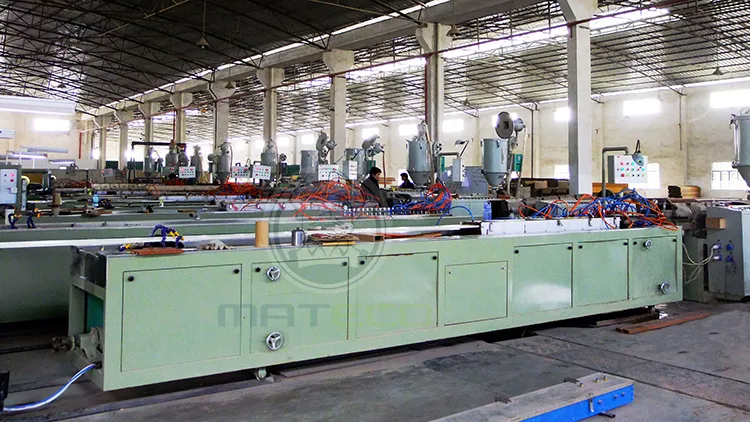
How WPC Cladding Stands Up Against the Elements
When it comes to assessing the durability of WPC cladding, weather resistance plays a crucial role. In this section, we'll explore how WPC cladding excels in weathering the elements and maintains its durability over time. From UV radiation to moisture, WPC cladding showcases exceptional weathering properties.
One of the significant weather-related challenges that WPC cladding successfully tackles is UV radiation. Prolonged exposure to the sun's UV rays can cause fading, discoloration, and degradation in many materials. However, WPC cladding incorporates UV stabilizers as additives to protect against these harmful effects. These stabilizers act as a shield, preventing UV radiation from penetrating the surface and reducing the likelihood of color fading or deterioration. This ensures that the WPC cladding retains its vibrant appearance and visual appeal for an extended period, even in areas with intense sunlight.
Moisture and humidity are also common weather-related challenges that can compromise the durability of wall cladding. However, WPC cladding's composition makes it highly resistant to moisture damage. The thermoplastic matrix surrounding the wood fibers acts as a protective barrier, preventing water absorption and minimizing the risk of swelling, warping, or rot. This moisture resistance makes WPC cladding an excellent choice for areas exposed to high humidity, and rainfall.

The WPC cladding's ability to withstand resist UV radiation, and maintain its structural integrity in the face of moisture and other weather-related challenges make it a reliable choice for various applications. Whether it's installed in coastal regions, hot and sunny climates, or areas prone to heavy rainfall, WPC cladding stands up against the elements, ensuring its visual appeal and strength endure for years to come.
In conclusion
In conclusion, from understanding its basic composition and key components to delving into the science behind its superior strength, we have discovered that WPC cladding is a reliable choice for those seeking a durable wall-covering solution. Its ability to withstand impacts, weather the elements, and maintain its structural integrity over time is a testament to its exceptional performance. Whether it's the interlocking structure of wood fibers, the bonding mechanisms of the thermoplastic matrix, or the resistance to fading and warping caused by UV rays, WPC cladding proves itself as a reliable and long-lasting option.
If you are looking for a WPC manufacturer, MATECO will be your best choice.
Website: https://www.matecowpc.com
WhatsApp: +86-13380085620
Email: info@matecowpc.com
